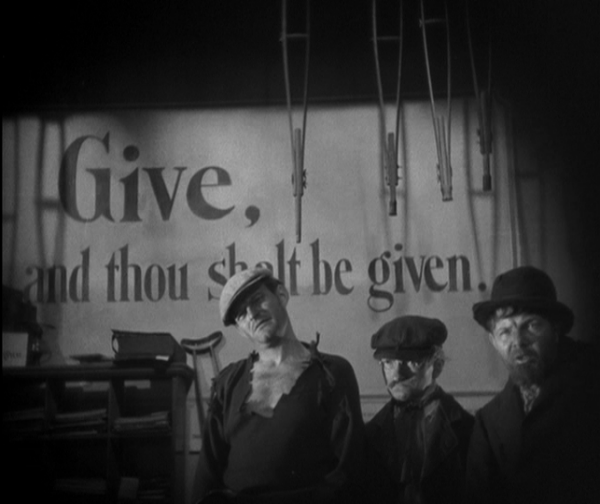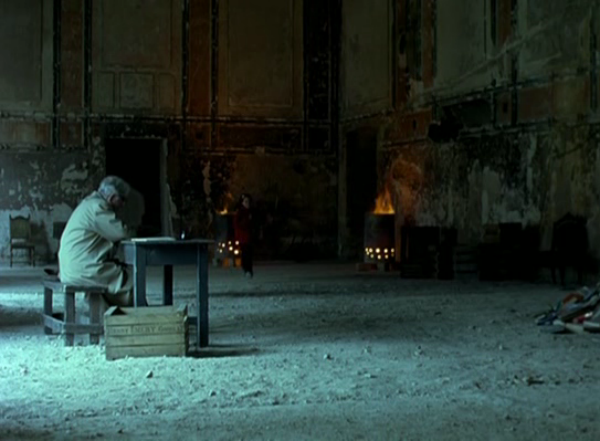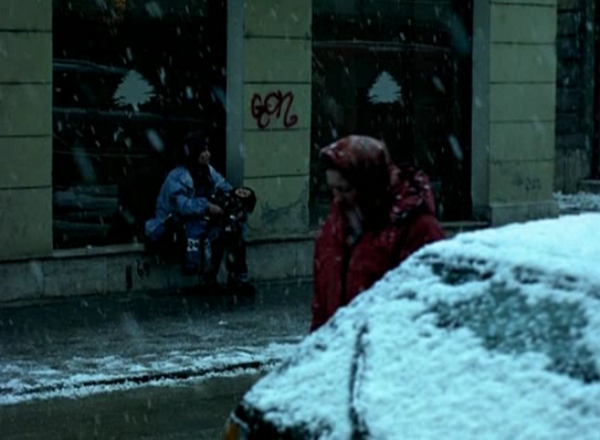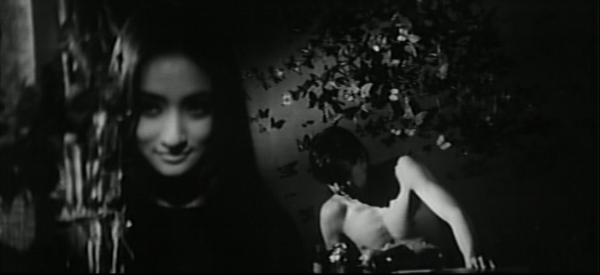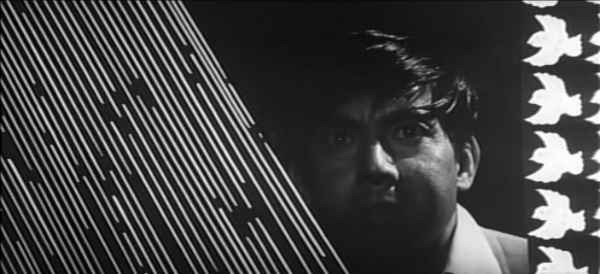
As the Russian Parliament election looms and Putin announces his bid for the presidency for the third time, a controversial documentary about a jailed Russian oligarch Mikhail Khodorkovsky, directed by German director Cyril Tuschi, opens here in NY at Film Forum (November 30 - December 13). When the film premiered at the Berlin Film Festival this Spring, the film's promotion office was burglarized and the final cut of the film was stolen, just before its scheduled showing date. Fortunately, Tuschi had other copies of the final cut made and was able to screen the film. It's not having any luck showing in Russia though- it was set to open there this week, but no movie theaters are willing to host the film. The filmmakers suspect that the theater owners are getting direct order not to play it from the Kremlin itself.
Armed with journalistic fervor, interviews (including one with Khodorkovsky through the glass box in the courtroom) and animated reenactments, Tuschi chronicles the rise and fall of a billionaire in rapidly changing Russia. Khodorkovsky's story is a paradox of Shakespearean proportions. He used corrupt political system to gain wealth but ultimately fell victim to it.
Started out as a staunch socialist youth, Khodorkovsky quickly transformed himself into a savvy businessman creating banks and businesses. Riding high through Gorbachev's Perestroika in the 1990s with Yukos oil company, he became one of the richest man in the world. He didn't see eye to eye with the Russian strongman, then president, Vladimir Putin. Ignoring Putin's urges to stay out of politics, he has been supporting Putin's rival political parties.
In 2003, he was arrested in a dramatic raid on his private jet and charged with tax evasion. He was sentenced 9 years and sent to a Siberian prison (and a recent trial added 7 more years to his sentence). While his Yukos colleagues fled (being Jewish, they ended up in Tel Aviv and Khodorkovsky's father happens to be Jewish- the anti-semitic angle at play as well), after away on business abroad, he came back to Russia, fully knowing he would get arrested. He then became a martyr for Human Rights groups around the world.
Tuschi sheds a light on Russia's bizarre political landscape. He interviews many young people on the street about the case. Some see Khodorkovsky as nothing but a thief while others are totally apathetic toward politics. He categorizes Khodorkovsky supporters into three groups: human rights activists, neo-liberals and people who think he is good looking. If the recent staged photo ops of shirtless Putin riding a horse and hunting bears are any indication, physical attraction seems like a big deal in Russian politics. Khodorkovsky himself went through a physical transformation (got rid of his mustache and dons a rimless glasses) after consulting with an American PR firm. Why did he come back only to get arrested? Tuschi ever so slightly hints that Khodorkovsky might have a political ambition after his release in 2017.
Khodorkovsky is an in-depth look at recent complex Russian history that is obscured and ignored by the rest of the world. It's an absorbing and fascinating film that serves as a great source of information on understanding the current state of Russia.






